Dane Mitchell Aeromancy
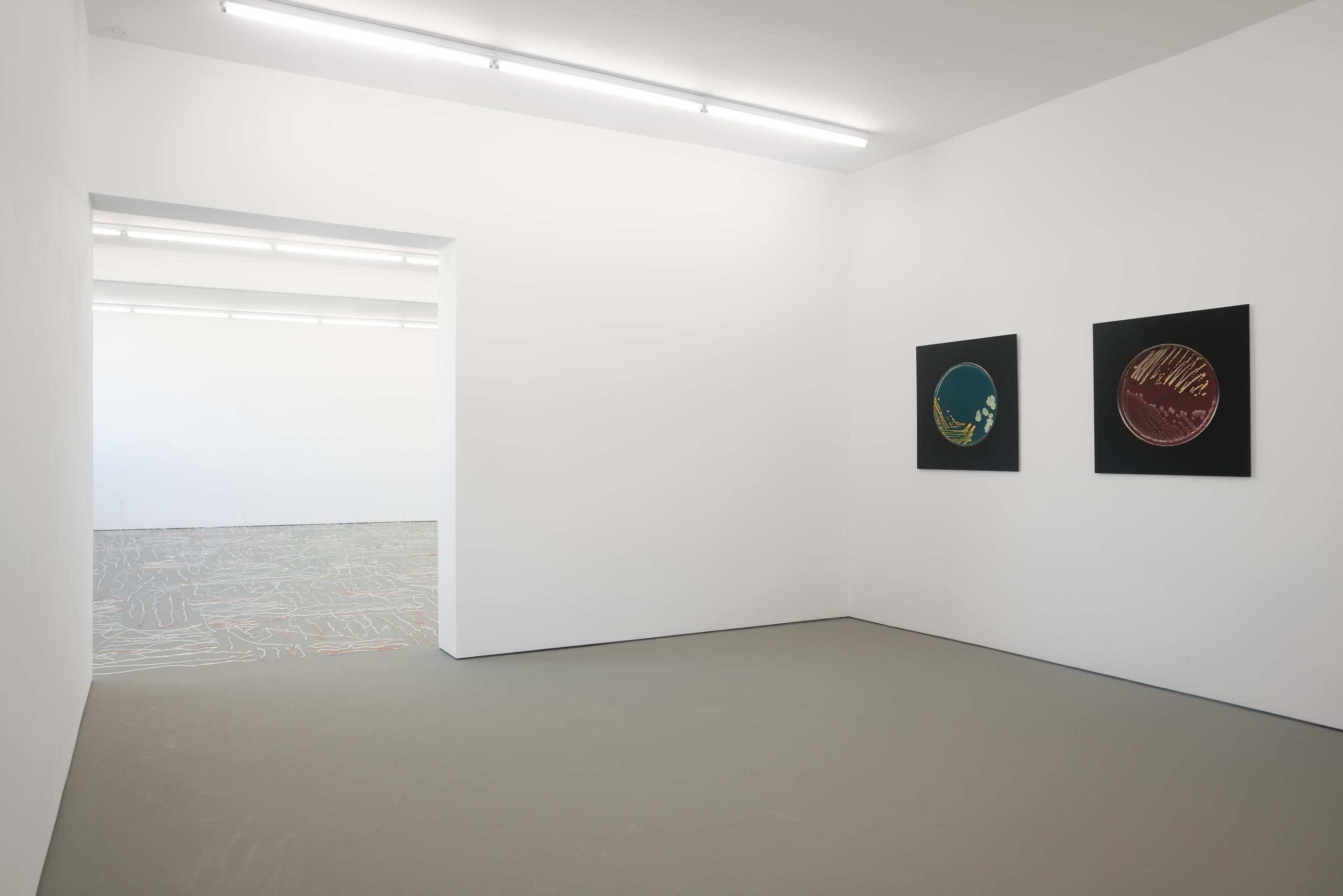
Dane Mitchell
Aeromancy, 2017
installation view: Hopkinson Mossman, Auckland

Dane Mitchell
Sketches of Meteorological Phenomena, 2017
sand, glass
multiple elements, installation dimensions vary
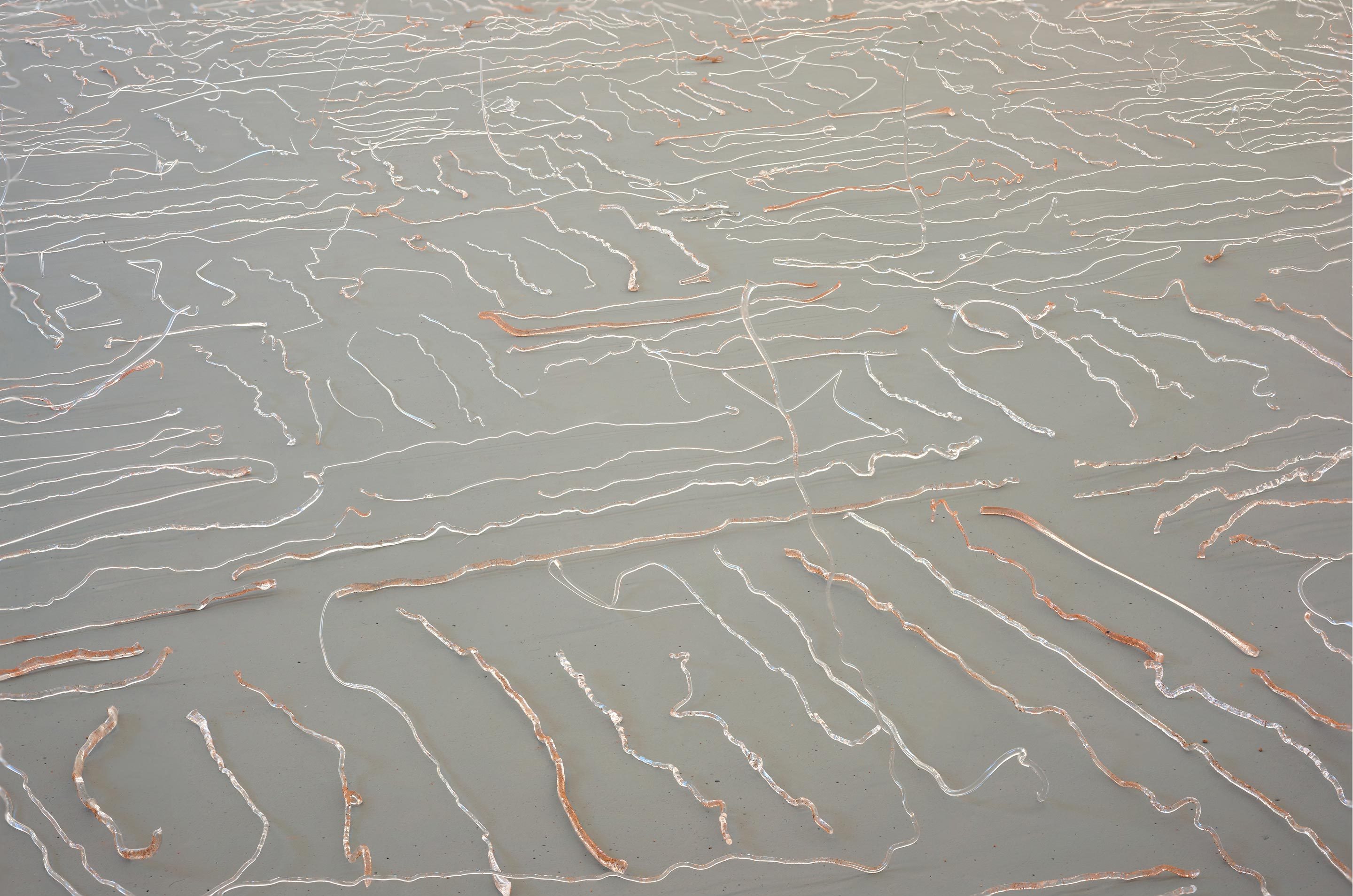
Dane Mitchell
Sketches of Meteorological Phenomena (detail), 2017
sand, glass
multiple elements, installation dimensions vary
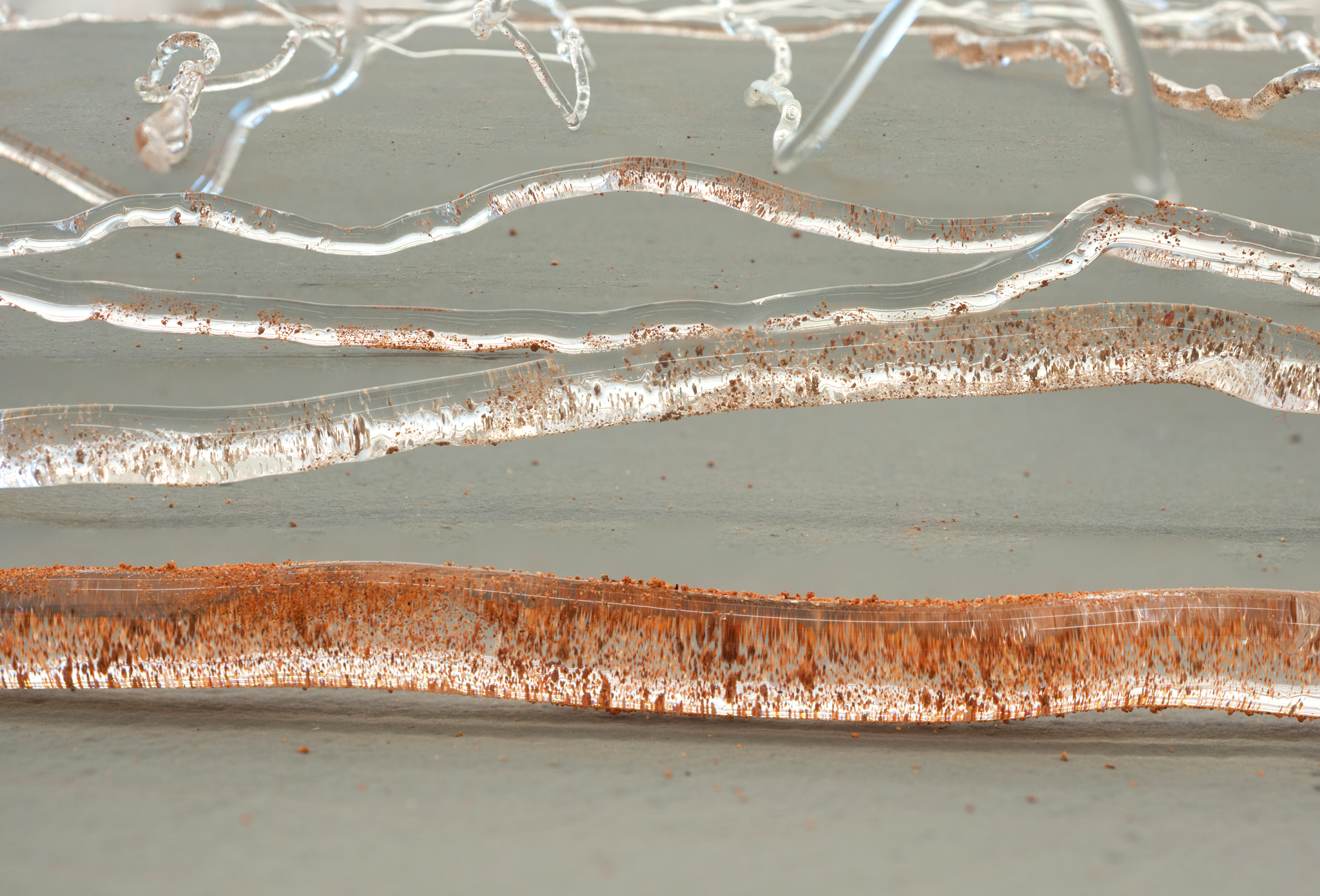
Dane Mitchell
Sketches of Meteorological Phenomena (detail), 2017
sand, glass
multiple elements, installation dimensions vary
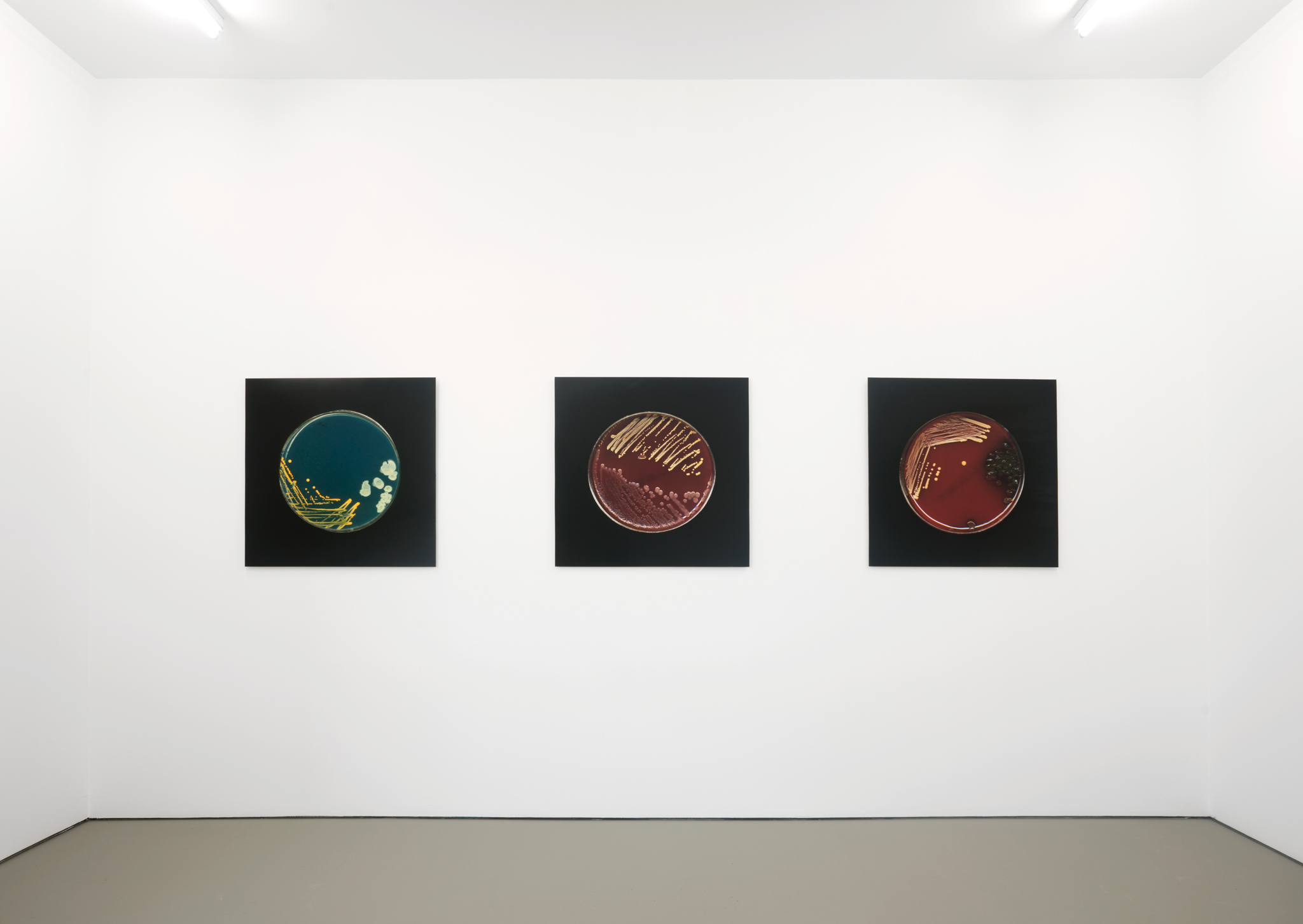
Dane Mitchell
Aeromancy, 2017
installation view: Hopkinson Mossman, Auckland

Dane Mitchell
From the Dust Archive (AGNSW), 2003
archival inkjet print on dibond
800 x 800mm
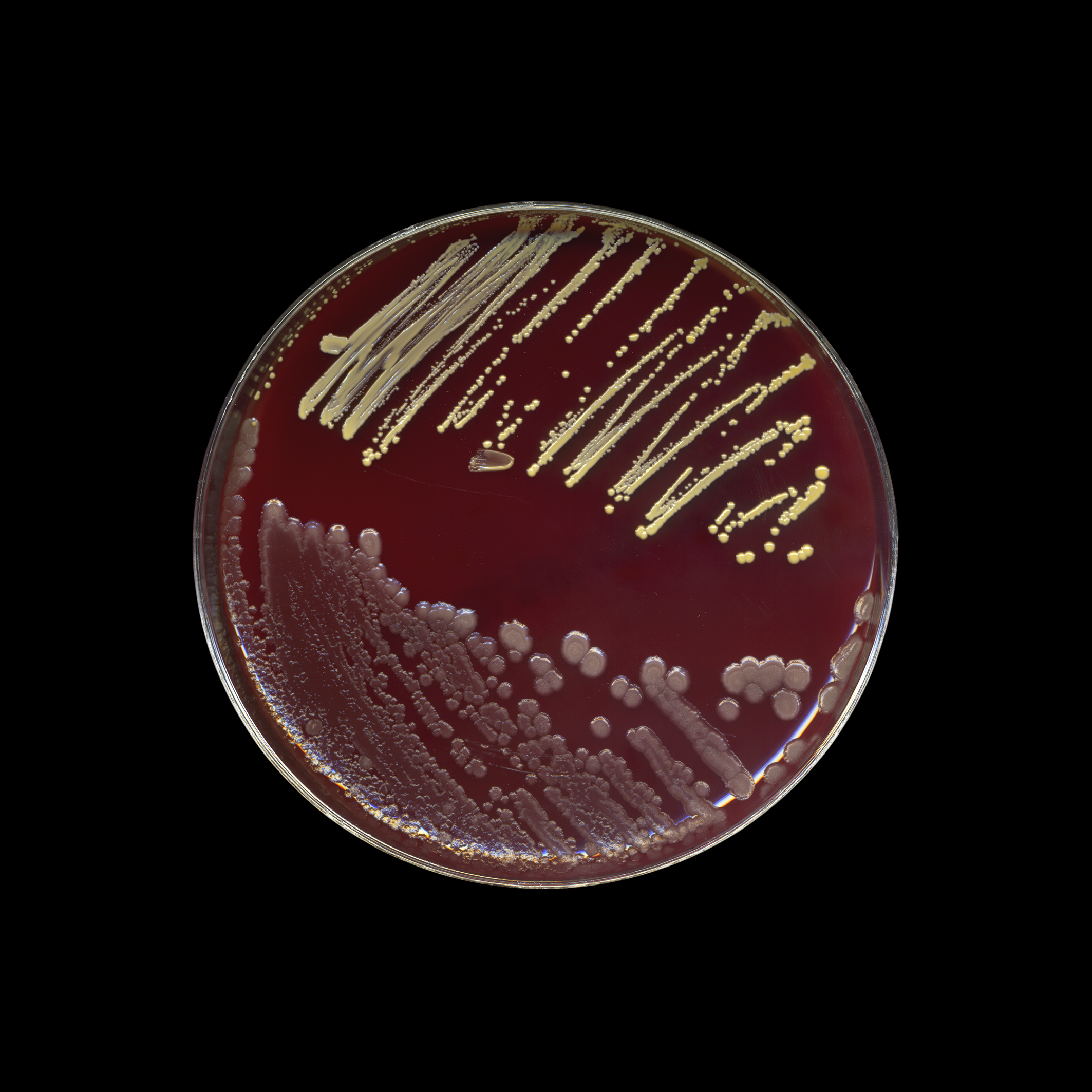
Dane Mitchell
Dust Archive (MoMA), 2007
archival inkjet print on dibond
800 x 800mm
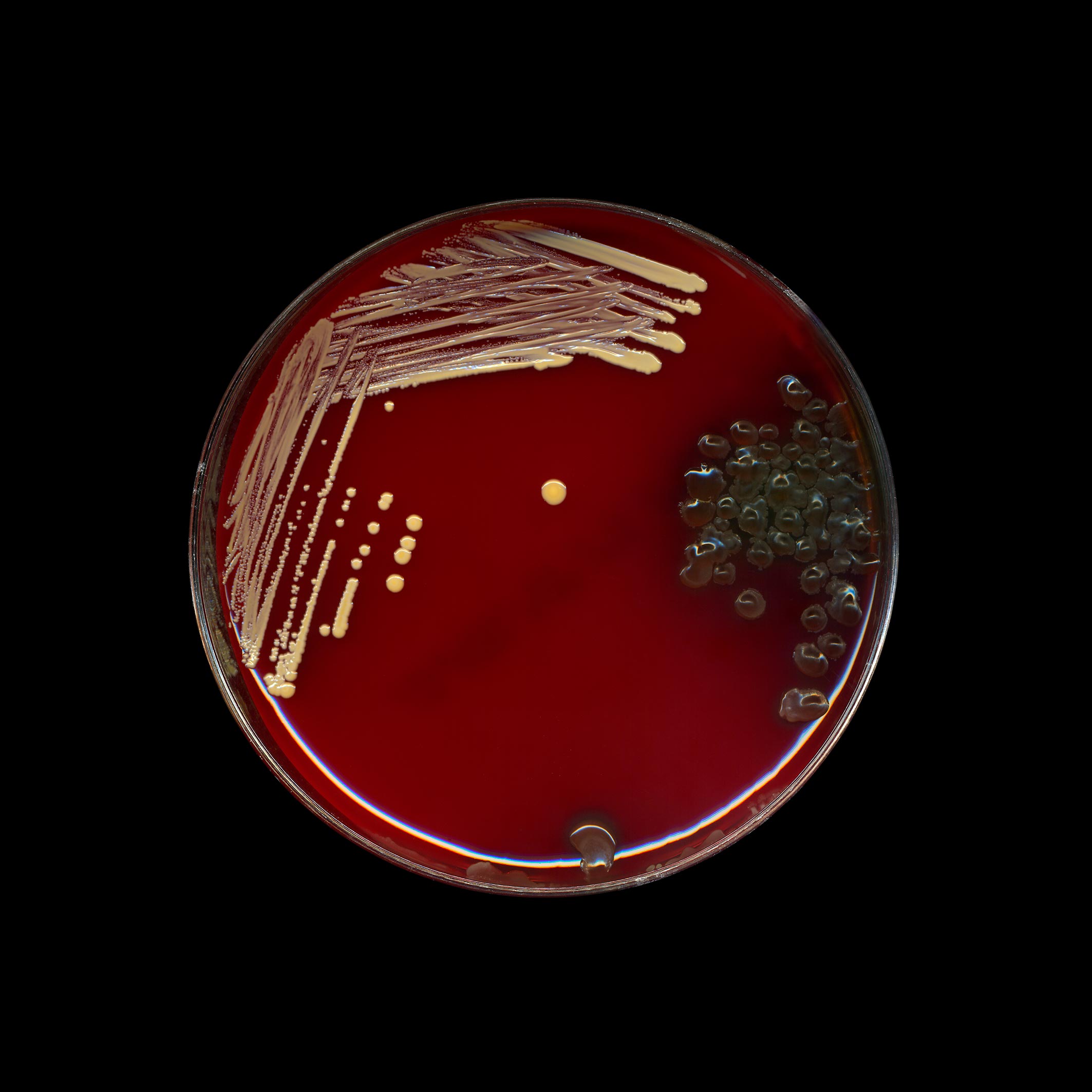
Dane Mitchell
Dust Archive (Stedelijk Museum), 2007
archival inkjet print on dibond
800 x 800mm
Dane Mitchell
Aeromancy
30 Jun – 29 Jul 2017
Auckland
Hopkinson Mossman is pleased to present Aeromancy, a new exhibition by Dane Mitchell. Aeromancy brings together two major bodies of work: one initiated in 2003, and the other developed over the past three years.
The main gallery of Hopkinson Mossman holds a single work, Sketches of Meteorological Phenomena (2014/2017), comprising hundreds of glass fulgurites. Deriving from the Latin word fulgur, meaning thunderbolt, fulgurites are tentacle-like glass objects, created instantaneously when lightning strikes sand (or particular soils). When they take form, Mitchell’s sculptures are typically assembled from materials with their own alchemical ancestry; materials that have undergone a radical transformation to arrive at their current state (such as alloyed metals, perfume, ash, etc.). Sketches of Meteorological Phenomena uses glass, an ancient shape-shifting material, and sand, the material that glass is derived from.
For Sketches of Meteorological Phenomena, Mitchell worked with glass-blowers Keith Grinter and Nigel Jones to ‘draw’ fulgurites on and in undulating sand, re-enacting the transformation of light to solid form. For Aeromancy, the gallery becomes a lightning field, littered with impossibly fragile glass tendrils. En masse the installation resembles a complex taxonomy of archaeological findings, root systems, rain-made-concrete, frozen water, or tentacles.
In the small gallery Mitchell presents three large-scale photographic prints, each depicting a single petri dish containing the cultured growth of a dust sample from a single museum (in this case MoMA, Stedelijk and the Art Gallery of New South Wales). The images in Aeromancy draw from a larger Dust Archive project, comprising dust samples collected by Mitchell from sixty different institutions over a fifteen year period.
Mitchell’s process for Dust Archive follows the basic scientific model of gathering evidence to prove a hypothesis; in this case, to give visible form to an otherwise invisible, dynamic force active in the supposedly neutral, sanitised spaces for presenting art. Mitchell’s work reminds us that no place or thing is immune from dust, it is everywhere, all at once, and despite its innocuous appearance its content is enduring and often surprising. As Hannah Holmes writes in The Secret Life of Dust: “The dust bunnies that skulk beneath the couch and behind the refrigerator contain everything from space diamonds to Saharan dust to the bones of dinosaurs and bits of modern tire rubber. But they also hold poisonous lead and long-banned pesticides, dangerous molds and bacteria, cancer-causing smoke particles… riddled with allergy-inducing dust-mite parts, with the mites themselves, and with the predatory mites and pseudo-scorpions that stalk and kill them.”
Importantly, the make-up of the dust and its circulation is due in large part to human bodies moving through the institution. Mitchell’s longstanding interest in the viewing body as an unpredictable force — the subjective element within a supposedly objective system — is here rendered on agar. Captured on a high resolution scanner, the cultured bacteria blooms and streaks across the surfaces in remarkably rich and vivid colours. Mitchell’s photographs are lush, visceral images; some are dense, like star constellations, while others resemble brush marks, unwittingly mimicking the language of abstract painting preserved within and perpetuated by the Museum.
As Christian Rattemeyer wrote of Mitchell’s project in North Drive Press in 2007: “In the end, Mitchell’s Dust Archive comes closest to a study of the environments of all art: more accurate than the most ambitious sociological study, more historical in time than the most far-reaching research papers, more diverse than the broadest sample group. It is a record of all that comes to visit art in its different and multifarious homes, and thus represents the potential, eternal audience: for we all come from dust, and to dust we shall return.”
Dane Mitchell (1976, Auckland) graduated from Auckland Institute of Technology (AIT) in 1998 and gained a Master of Philosophy from Auckland University of Technology (AUT) in 2012. Mitchell’s work has been included in major group exhibitions worldwide including: Biennale of Sydney: The future is already here—it’s just not evenly distributed, Sydney (2016); Believe not every spirit, but try the spirits, Monash University Museum of Art, Melbourne (2015); Klontal Triennale, Künsthaus Glarus, Switzerland (2014); Liverpool Biennial (2012); Gwangju Biennale (2012); Singapore Biennial (2011); and Busan Biennale (2010). He has participated in residency programs at Dunedin Public Art Gallery, Dunedin (2011); Govett Brewster Art Gallery, New Plymouth (2010); Berliner Künstlerprogramm DAAD, Berlin (2009/2010); and Gasworks, London (2008). Recent solo exhibitions include: Let us take the air, Hopkinson Mossman, Auckland (2016); All Whatness is Wetness, RaebervonStenglin, Zürich (2015); Other Explications, Hopkinson Mossman, Auckland (2013); Conservation of Mass, RaebervonStenglin, Zürich (2013); Radiant Matter III, Artspace, Auckland (2011); Radiant Matter II, Dunedin Public Art Gallery, Dunedin (2011); Radiant Matter I, Govett Brewster Art Gallery, New Plymouth (2011); and Minor Optics, daadgalerie, Berlin (2009). Later this year Mitchell will make a major solo exhibition at Mori Art Museum, Tokyo, co-commissioned by Auckland Art Gallery toi o Tamaki.